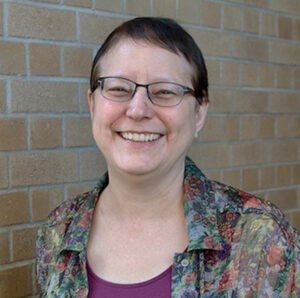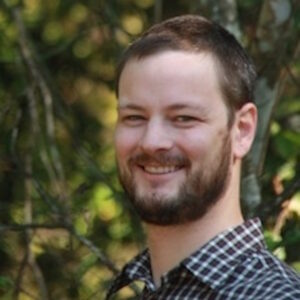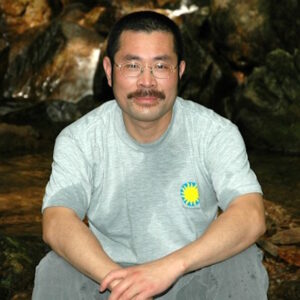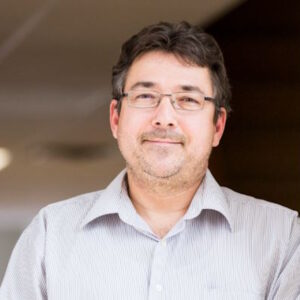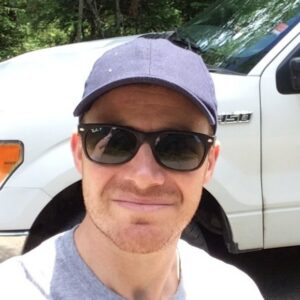The first step will be to determine the Functional Complex Network inside each of our research sites. The network takes the form of “nodes” (representing forest stands), connected to all surrounding nodes with “links”. Each link is associated with a value representing how much of the functional diversity of one node can disperse to the other, depending on the distance between the two nodes and on the functional diversity and redundancy of the forests in each of them (as calculated in Theme 1).
Then, once the functional network is identified in the area, the first measure that we will compute from it in each research site is the probability of connectivity (PC). PC is the probability that two random points in the landscape might be able to share the functional diversity of the forests in which the points are, whether because the two points are in the same forest or in two forests well connected to each other. While its definition is complex, the consequences are simple : the higher its value, the more the forests of the research site can transfer their functional diversity to each other, ensuring a form of forest resilience. The second measure computed from the network is the Betweenness Centrality Index (BCI). BCI estimates the importance of each node in the network, by measuring how often the nodes serve as a stepping stone to connect other nodes. The nodes with the highest BCI can therefore be identified as being crucial to the transfer of functional diversity in the landscape.
We will end by computing what is called the “modularity” of the network. Modularity expresses how much a network is composed of “clusters”, meaning nodes that are highly connected together, but not very much to the rest of the network. Imagine two cities that are linked by a single road : one can move from house to house very easily inside each city, but if you want to go to a house in the other city, only a single road is available to you. In this example, the cities are clusters; the houses are nodes; and the roads are links. Having a “modular” or “clustered” structure is not such a bad thing, however; as forests can suffer from diseases that transmit from host tree to host tree, a modular structure can slow down the propagation of the disease in many ways.
With all of these computations done, we will create a R Shiny web app that will allow the visualization of these measures for each of our research sites in an easy way.


